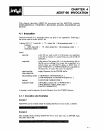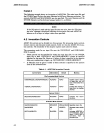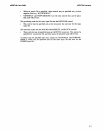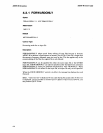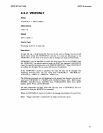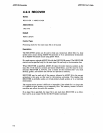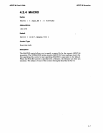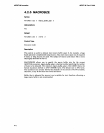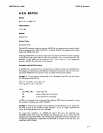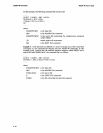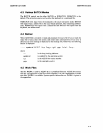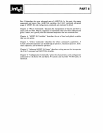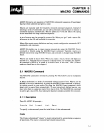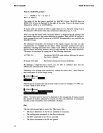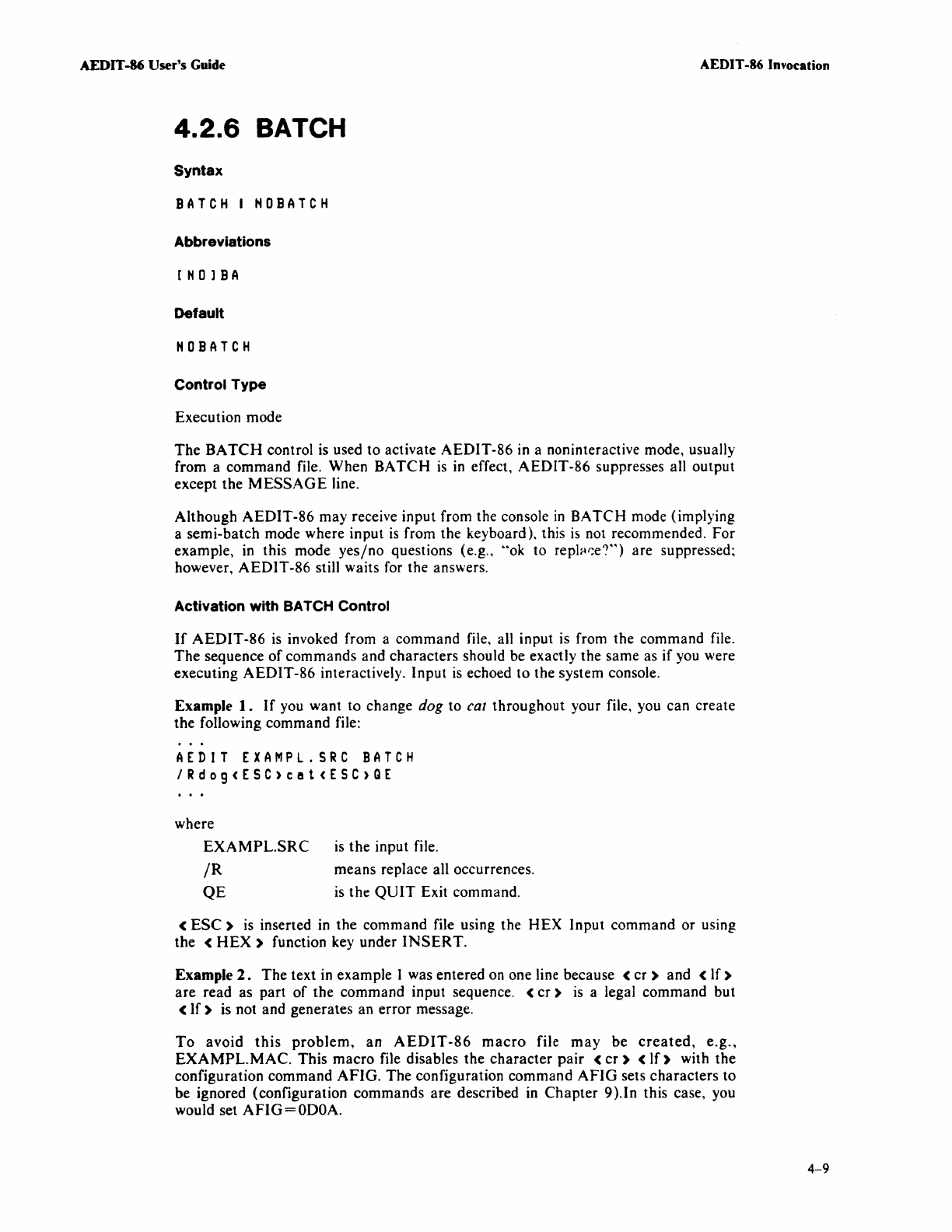
AEDIT
-86
User's
Guide
AEDIT -86 Invocation
4.2.6
BATCH
Syntax
BATCH
I
HoBATCH
Abbreviations
[HolBA
Default
HoBATCH
Control
Type
Execution mode
The
BATCH
control
is
used to activate
AEDIT-86
in
a noninteractive mode, usually
from a command file. When
BATCH
is
in
effect,
AEDIT-86
suppresses
al1
output
except
the
MESSAGE
line.
Although
AEDIT-86
may receive input from the console
in
BATCH
mode (implying
a semi-batch mode where input
is
from the keyboard). this
is
not recommended.
For
example,
in
this mode
yes/no
questions (e.g., "ok to replw;e?") are suppressed;
however,
AEDIT-86
still waits for the answers.
Activation
with
BATCH Control
If
AEDIT-86
is
invoked from a command file,
al1
input is from the command file.
The
sequence
of
commands and
characters
should be exactly the same as if you were
executing
AEDIT-86
interactively. Input
is
echoed
to
the system console.
Example
1.
If
you want to change dog to cat throughout your file, you can create
the following command file:
AEDIT EXAMPL.SRC
BATCH
IRdog<ESC>cet<ESC>QE
where
EXAMPL.SRC
/R
QE
is
the input file.
means replace all occurrences.
is
the
QUIT
Exit command.
<
ESC)
is
inserted
in
the command file using the
HEX
Input command or using
the
<
HEX)
function key under
INSERT.
Example
2.
The
text
in
example 1 was entered on one line because <
cr)
and <
If)
are
read as part
of
the command input sequence. <
cr)
is
a legal command but
<
If)
is not and generates an error message.
To
avoid
this
problem,
an
AEDIT-86
macro
file
may
be
created,
e.g.,
EXAMPL.MAC.
This macro file disables the
character
pair
<
cr)
<
If)
with the
configuration command
AFIG.
The configuration command
AFIG
sets characters to
be ignored (configuration commands are described
in
Chapter
9).In this case, you
would set
AFIG=ODOA.
4-9



